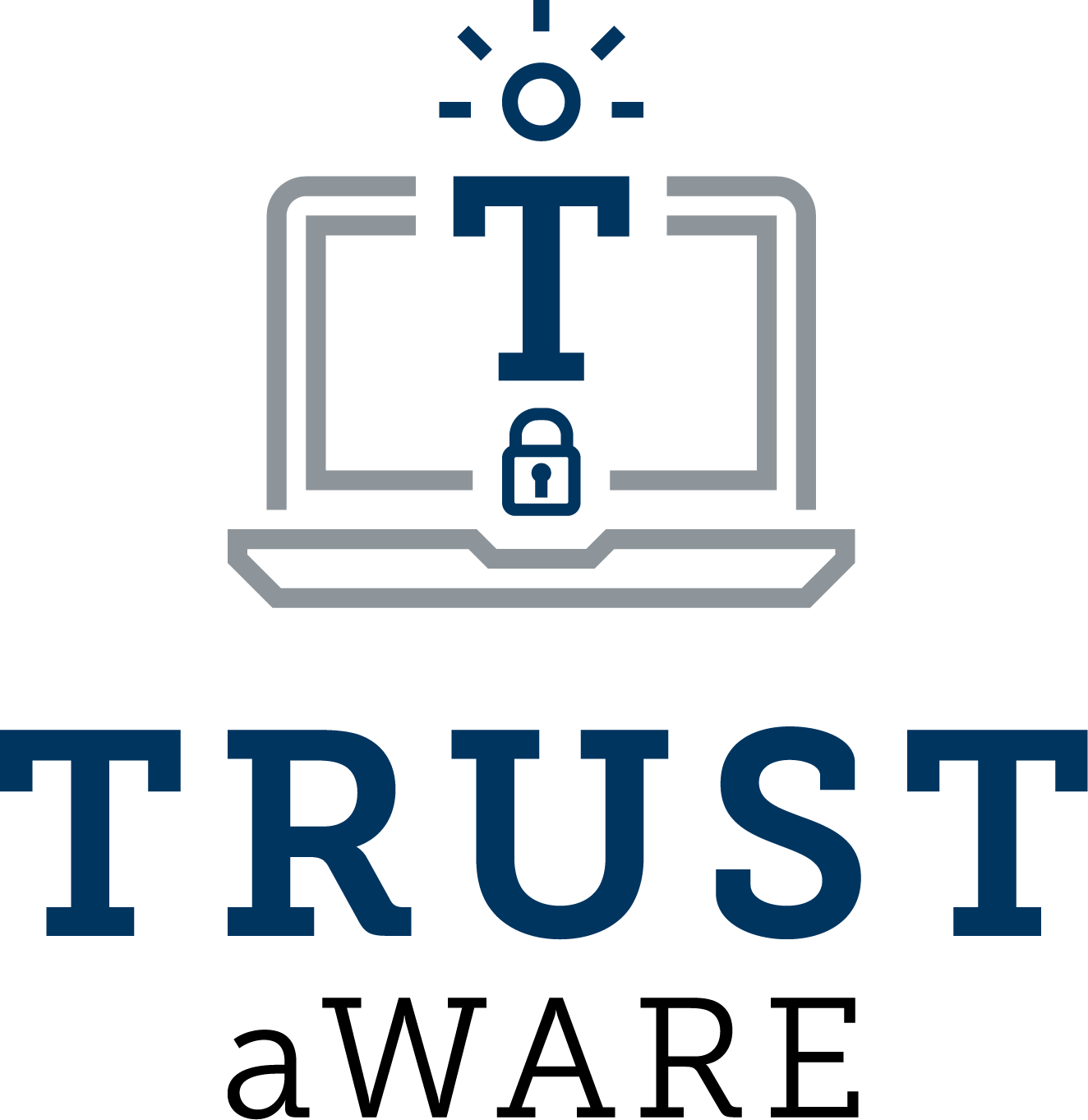The complexities of FOTA Apps in the Android ecosystem

by Juan Tapiador (Universidad Carlos III de Madrid)
Android firmware updates are typically managed by the so-called FOTA (Firmware Over-the-Air) apps. Such apps are highly privileged and play a critical role in maintaining devices secured and updated. The Android operating system offers standard mechanisms to vendors to implement their own FOTA apps, but such vendor-specific implementations could be a source of security and privacy issues due to poor software engineering practices. In a recent large-scale study, TRUST AWARE members performed a systematic analysis of the FOTA ecosystem through a dataset of 2013 FOTA apps detected with a tool designed for this purpose over 422,121 pre-installed apps. The findings include that 43% of FOTA apps are developed by third parties, that some devices can have as many as 5 apps implementing FOTA capabilities, and that some apps present behaviours that can be considered privacy intrusive, such as the collection of sensitive user data (e.g., geolocation linked to unique hardware identifiers), and a significant presence of third-party trackers.
In the ever-evolving landscape of mobile technology, Firmware Over-The-Air (FOTA) apps serve as the backbone of device maintenance and software updates. The study “Trouble Over-The-Air: An Analysis of FOTA Apps in the Android Ecosystem” [1], developed by TRUST aWARE members, delves into the intricate world of FOTA apps, shedding light on the diverse stakeholders, security challenges, and privacy implications that shape the Android ecosystem. With a dataset of over 2000 FOTA apps, the study provides a comprehensive analysis of the FOTA supply chain, highlighting the critical role these apps play in ensuring device security and user privacy.
Exploring the FOTA ecosystem
The study uncovers a complex and fragmented ecosystem where a multitude of first- and third-party actors are involved in the development and deployment of FOTA apps. These apps, which are highly privileged and integral to device security, are responsible for managing software updates and maintaining the integrity of the Android operating system. By analysing the behaviours of FOTA apps, the researchers reveal potential privacy risks, including the collection of sensitive user data and the presence of third-party trackers. The study emphasises the need for enhanced transparency and security measures to address these privacy concerns effectively.
Security and privacy implications
Security and privacy implications are at the forefront of the discussion surrounding FOTA apps. While Google provides recommendations on implementing FOTA updates, the study highlights the lack of detailed security guidelines, leaving room for developers to overlook best practices. This gap in security protocols can lead to vulnerabilities and privacy breaches, as evidenced by the analysis of outdated software and leaked user data in custom Android firmware. The presence of privileged apps signed with well-known certificates raises concerns about data security and user privacy, underscoring the importance of robust security measures in the FOTA ecosystem.
Challenges in system updates
The study also addresses the challenges associated with keeping systems updated, citing delays in patch releases and the complex ecosystem of Android vulnerability patches. Understanding the nuances of the update supply chain is crucial for addressing security vulnerabilities and ensuring the timely deployment of patches to safeguard user devices against potential threats. By examining the behaviours of FOTA apps and the interactions within the update supply chain, the study provides valuable insights into the complexities of maintaining device security and privacy in the Android ecosystem.
Implications for future processes
In conclusion, the analysis of the Android FOTA ecosystem highlights the need for a holistic approach to security, privacy, and transparency in the development and deployment of FOTA apps. By identifying key stakeholders, behaviours, and risks within the ecosystem, the study offers valuable insights that can inform future processes and guidelines in the mobile technology landscape. By prioritising user security and privacy, implementing robust security measures, and fostering transparency in the update supply chain, stakeholders can enhance the reliability and integrity of FOTA apps, ultimately delivering a safer and more secure mobile experience for users worldwide.
As we navigate the layers of complexity in the Android FOTA ecosystem, it is essential for stakeholders to collaborate towards a shared goal of enhancing user security and privacy. By addressing the challenges and risks associated with FOTA apps proactively, we can create a more secure and transparent environment for software updates in the Android ecosystem. Through continued research, collaboration, and innovation, we can pave the way for a safer and more resilient mobile technology landscape, ensuring that users can trust in the security and integrity of their devices.
References
[1] Blázquez, E., Pastrana, S., Feal, Á., Gamba, J., Kotzias, P., Vallina-Rodriguez, N., & Tapiador, J. (2021). Trouble Over-The-Air: An Analysis of FOTA Apps in the Android Ecosystem. In Proceedings of the 2021 IEEE Conference on Security and Privacy


